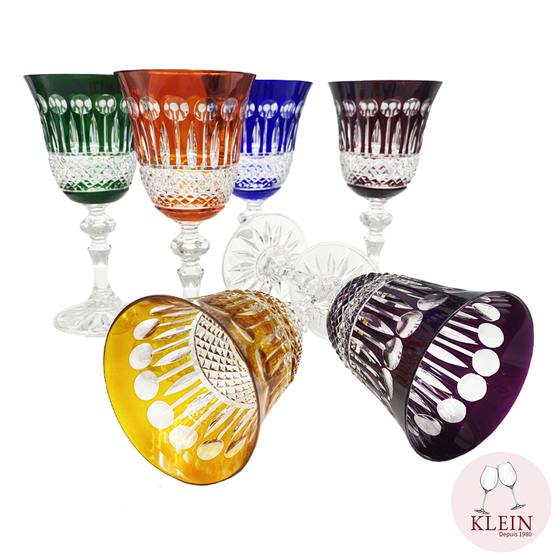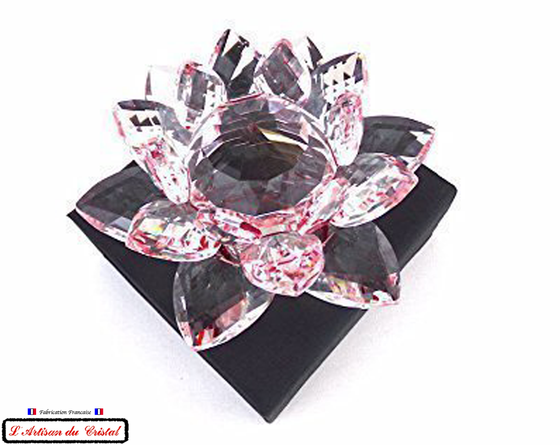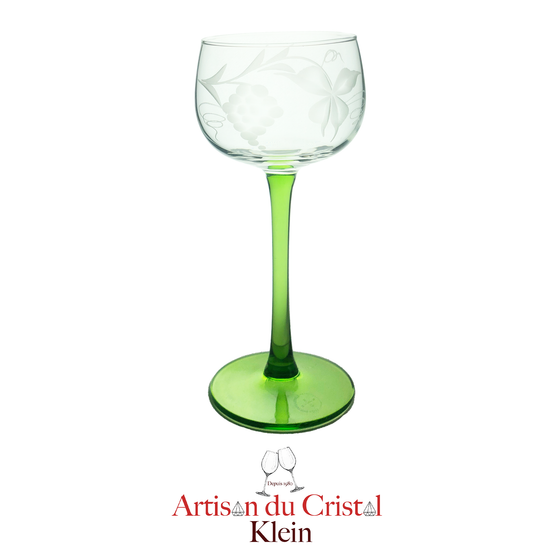3 Steps to Restore 18th Century Murano Mirrors

Restoring old pieces is always a privilege and a pleasure. Giving a second life to works of art, some of which are several decades or even hundreds of years old, is an honour.
Follow with me the restoration in three steps of a pair of MURANO mirrors dating from the 18th century.
Step 1: Complete disassembly and inspection of the parts. Listing of the parts to be repaired or re-fabricated.
This is where it all starts and this is the stage where we can have surprises... Good or bad !
Indeed, dismantling crystal parts that have been fixed by nails, screws or even glued for many years is not without risk, either for the wooden structure which can be weakened by the ravages of time, or for the crystal parts which can be chipped during dismantling.
In the case of the mirrors, their silvering has most often deteriorated and pitted over the years and in the best of cases will have to be stripped and re-silvered.


Now that everything has been dismantled, the wooden frame still needs to be inspected to see if any parts need to be changed or reinforced before being treated.

Step 2: Restoration or re-fabrication of the parts.
First thing: The wooden structure. It is the essential element, it is it which will receive all the restored or re-fabricated parts. It is literally the backbone of the mirror. It must therefore be in perfect condition.
Some parts may need to be replaced if they have suffered from humidity or if they have been weakened by the intrusion of insects or other. Other parts will need to be sealed with wood paste. In all cases, careful repair and sanding will be required before applying a treatment that will nourish the wood and protect it from moisture and insects. A walnut stain finish will give a nice colour (patina) and will remain in the traditions.

Then comes the case of the mirrors and here, it is necessary to determine if they need to be stripped and re-silvered, or if they are too damaged or cracked. It will then be necessary to replace them identically, starting with a flat glass of the same thickness, which will have to be cut to give it the original shape. If the mirror is broken or missing, it will be necessary to make a template.
The pattern of the mirrors will be cut with diamond wheels. The decoration is made on the pile side, the side where the mirror is silvered, which will enhance the pattern.
Then it remains to re-silver it and there it is very important to redo a silvering with an "Antique" finish so as to preserve the "Authentic spirit of the Work".
In order to reproduce the trim that adorns the contours of the mirrors, it is first necessary to look for the oxides that allow us to obtain the colours that existed at the time. This is a long and complicated process, as the techniques and raw materials have evolved over the years. This is why it is necessary to be creative to adapt. This is where experience plays a key role and where years of apprenticeship and companionship are put to good use. You have to use your connections around the world to find the right ingredient that at first glance seems impossible to find.
Once all the ingredients have been found, all that remains is to get to work: torch, kiln, tongs, marble...

Some parts will be made with a torch, like the leaves for example.
The most important pieces will be worked by picking the crystal in the oven, mixing different color pigments to get as close as possible to the original, knowing that 2 pieces made by hand can never be identical and this is the charm and exclusivity of handmade creations.

3rd step: Putting all the elements back in place.
After several tens of hours of work, it is the stage where we can finally assemble the pieces and judge the result.
This is a stage where you have to be extremely precise and meticulous.
We start with the mirrors that determine the location of all the other pieces.


Each ornament that comes around the mirror is fixed with a small nail on which is mounted a small white crystal rosebud of the most beautiful effect.
Finally, after days of work, one can admire the whole and say to oneself that it is a happiness and an honour to be able to contribute to give life to such beautiful pieces.

Let's share the love of a job well done.
Valery Klein

















